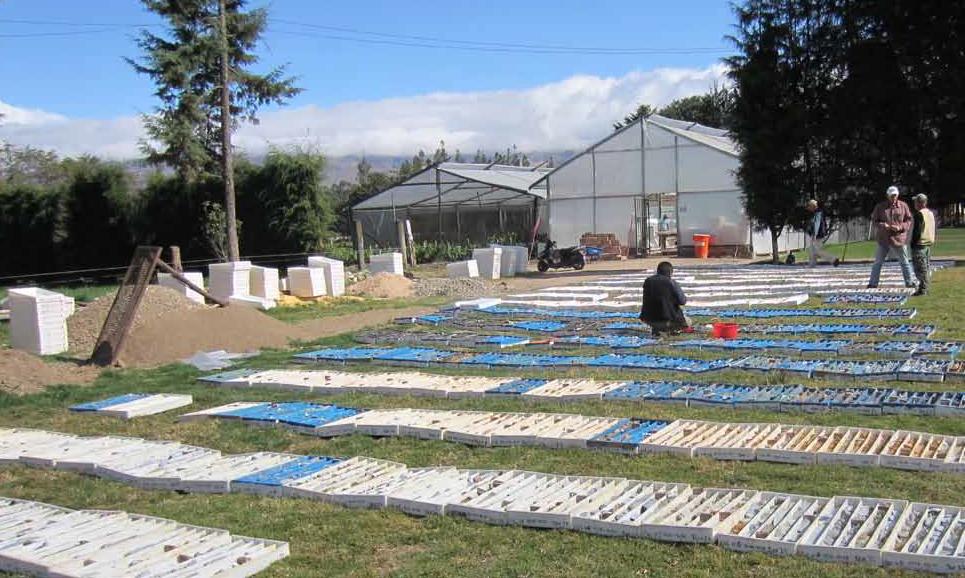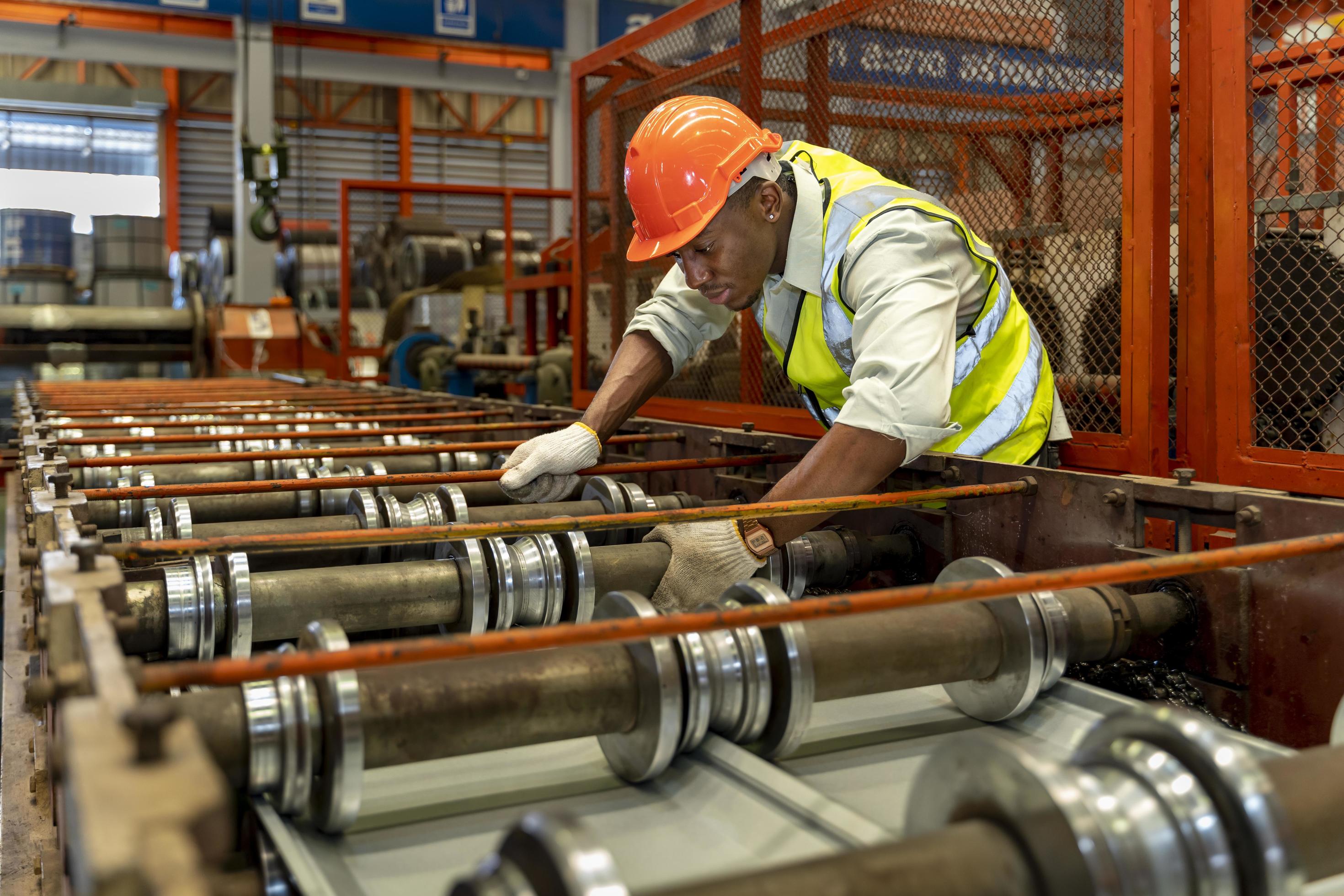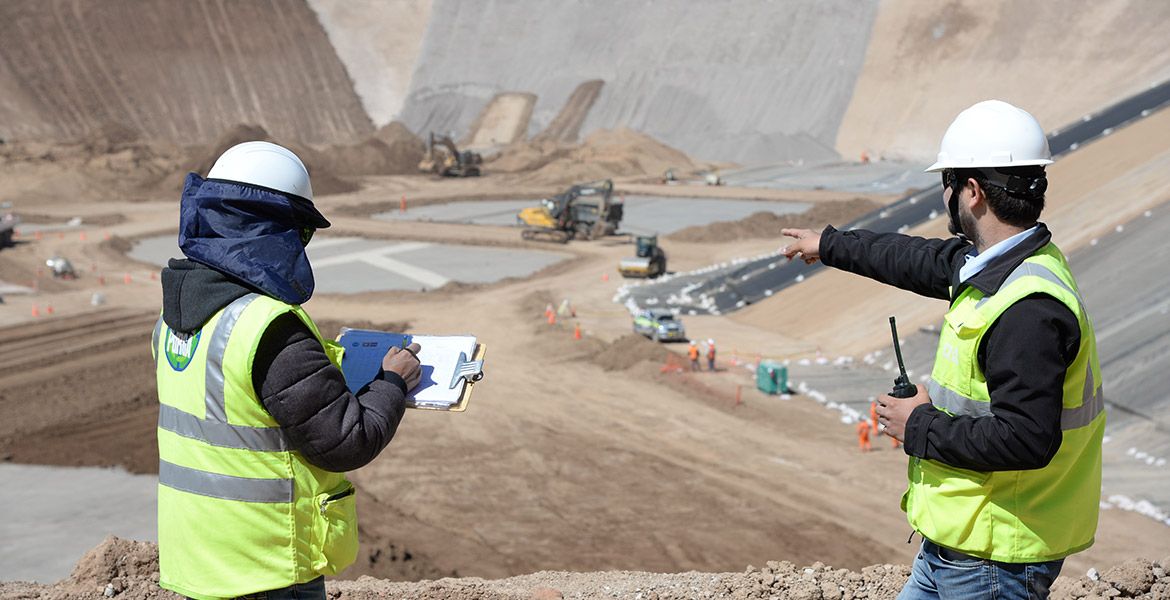
Estrella Gold is a prospect generator company, focused on gold in Latin America and growing its inventory of gold resource ounces. CEO Keith Laskowski tells John O’Hanlon why he placed his 30 years’ experience in gold exploration at the service of a junior company.
The fundamentals of gold mining have never been better, not even in the early 1980s when Keith Laskowski started in the business. He has seen the flight from the gold standard as institutions like the IMF and the Bank of England sold their reserves – and the subsequent resurrection of market demand. Thirty years have only gone to prove to him that gold is the least risky of metals, that it has stability in the market, and is certain to gain value at a time of fiscal uncertainty.
A geologist by training, Laskowski served for 17 years with the world’s largest gold producer Newmont Mining before teaming up with Mohammed Al Fayed, the former owner of Harrods, building a portfolio of properties in Mongolia and Peru and creating a unique database of the resources in the latter country. The company they formed was called Gallant Minerals, and Gallant Peru was sold in 2005 to Toronto-based Canadian Shield, whereupon Laskowski turned his attention to other territories, notably Northern Canada and Haiti.
He established very successful operations in both countries, starting Northern Canadian Uranium, very quickly acquiring a sound uranium portfolio that was later acquired by Bayswater Uranium. Entering Haiti just after the country’s return to democracy he launched an enterprise founded by Eurasian Minerals, attracted the attention ofNewmont Mining, and established a joint venture with that major mining company. However he was reunited with Peru and the database he had developed on his appointment in 2009 as CEO and president of the aforesaid Canadian Shield.
A period of restructuring quickly followed. The company was renamed Estrella Gold (Spanish for star, La Estrella is one of the company’s Peruvian properties and the name better reflected the company’s intention to focus on Latin America). Over the next year new directors were appointed, including Winnie Wong as CFO who was joined on the board by Mark Brown, the president of merchant bankers Pacific Opportunity Capital. By the end of 2011 the majority of the original directors had stepped down: the board is now made up of a team with strong experience in growing junior minerals companies.
As well as changing its name, Estrella moved its headquarters from Toronto to Vancouver. The British Columbia capital is more in tune with exploration, as opposed to production companies in the mining sector. “Toronto is Canada’s principal banking centre and the brokers there are happy to raise large sums for you if you have a good product.” Laskowski explains. “We on the other hand are focused on trying to keep our share structure small and to be generating new prospects. Again Toronto is a good address for a development stage company while Vancouver as a city tends to be more amenable to the exploration stage.”
Estrella Gold is a purpose built company, based on a simple proposition and defined within clear limits. It has no intention of ever proceeding beyond exploration or getting involved in the production phase, he says. “We are attempting to build up a portfolio of projects that either already have measured gold resources on them, or that we believe we can quickly grow into measured resources.” This is not a high cost activity, and one of his stated objectives is to protect investors’ earnings by avoiding share dilution.
When a project reaches the development stage Estrella approaches development companies to operate the mine and extract the assets, whether gold, silver or copper. Revenues will flow from the retained interest – typically 25 percent. “I am striving for a purpose built company that has very simple strategy, low share structure and very good projects. The simple strategy is to bring in ventures so that other people’s money can be utilised to explore our projects and bring them forward and protect our shareholders.” It is a challenge, he adds, to explain even to his own staff the intricacies of the dilution factor in these markets – however: “I avoid it at all costs!”
Having acquired or formed joint ventures for more than 130 properties in the past, Laskowski’s driving interest is in identifying deposits. “My speciality as a geologist is in the discovery process and identifying potential new deposits. Following that, the business part is to package the products up so they are marketable and find good partners to take them forward!”
Of all minerals he believes gold is the least risky to work with. “I think that in the context of our position as a junior we have the right commodity. As an ‘asset manager’ my job is to see that our assets greatly exceed the shareholders’ share value and try to make sure that value is maximised. I like to make sure we have assets in the company that protect that share price, even though we are classified as a high risk investment because we focus on exploration.”
Estrella’s devotion to South America and particularly to Peru is a leap of faith – there is an element of risk, he admits, but believes it is reducing and indeed that now is a great time to be getting involved there. “It is worth noting that even though Peru continues to be a world leader in commodities, production levels are going down.” Peru is the fifth largest gold producer globally, and the second largest in both copper and silver but existing sources are running out, so the race is on to identify and prove the next targets to be exploited.
The government of Peru has secured international commitments amounting to more than $40 billion by 2020 and developers such as Newmont and the indigenous Buenaventura are ready to install new production assets. However, all that upside is contingent on the agility of exploration companies like Estrella. “We are working in a market that is struggling to find more resources – and we are finding them,” says Laskowski.
Peru’s economy will continue to be driven by its natural resources in the next decade, although the election of Ollanta Humala as President last year caused some nervousness on the part of potential investors from overseas. It was thought to represent a massive swing from right to left: Mr Humala campaigned on a promise to increase the state's role in the economy and redistribute wealth to Peru's poor majority.
This way lies nationalisation, many feared, or Chavez-style intervention, but since taking office he has exhibited a moderate approach. Laskowski is comfortable that Humala is more likely to model his socialism on that of Brazil and that the mining sector is likely to benefit from his commitment to finally confront the conflicts with local communities that have dogged mining projects to date.
The international mining industry itself has an image problem that he would like to see addressed. The problem is not so much one of predatory capitalism as of inefficiency and corruption that stop mining revenues from trickling down to improve the living standards of the population. “I personally believe that mining can turn societies around,” declares Laskowski. “I like what mining can do for society and I enjoy doing this work because it creates opportunities for people and families to grow and improve the quality of life in a lot of developing countries.”
If developing countries could enact and enforce laws based on America’s General Mining Law of 1872, or the Canadian mining law, mining could become as integral a part of social and economic development as it became in the USA, Canada, Australia and other states that are built on mining. “Having said that, you will never succeed unless the community is part of your team. You have to embrace community relations at every level. If the company management doesn’t engage with the community at a personal level then it is going to be nearly impossible to be successful.”
The future of Peru rests heavily on its natural resources and on 24 January 2012 President Humala was selling his country hard, at the World Economic Forum in Davos, as a safe harbour for global capital. “Investors are reassured because he is doing the right thing,” says Laskowski. “He is focusing on community relations and also acknowledging the fact that the government does have a role in striving to expand the economy. In Peru I have already seen mining greatly improve the life of the majority of its citizens.”
Last yearEstrella established a joint venture with Cliffs Natural Resources to explore for iron oxide-copper-gold (IOCG) deposits in a part of southern Peru renowned for these deposits. The alliance is a sign to investors and the industry that the company is on the right track and able to pull in a major partner. Cliffs is funding the programme to the tune of at least $400,000 a year; Estrella is operating it and providing two exploration field teams over two years. So far 32 properties covering 49,100 hectares have been acquired and another 45 claims have been lodged with the authorities, all within the terms of the joint venture.
So Estrella Gold ticks almost all the boxes required by analysts in the gold industry. It has a sound and sustainable business plan, proven leadership, a stellar portfolio of properties and credible partners. The final piece of the jigsaw for a junior exploration company is revenue, and cash flow is in Estrella’s near future. Meanwhile its activity is prodigious, and includes drill programmes on at least three sites this year.
The first of these will be on the 900 hectare Pampa Poroma IOGC property near the coast of southern Peru, with at least two kilometres of drilling over ten holes to test the geophysical and surface sampling and mapping work that Estrella has carried out this year. The agreement provides for Cliffs to incrementally take on more of the drilling and development cost over a maximum of ten years in which it may earn-in up to 80 percent of the project. By that time it is expected to be in a position to define a million-ounce gold deposit.
Estrella has also established a growing NI 43-101 compliant gold resource (the internationally recognised Canadian classification) at its wholly-owned Colpayoc project, located close to Peru’s Yanacocha gold mining complex, the largest gold mine in South America. The Colpayoc resource lies within the Daylight Gold Zone and is based on a limited amount of drilling and exploration. The resource contains 313,000 oz of gold within 19.3 Mt @ 0.50 g/t (Turner 2012). This resource is open for expansion in all directions and will be the subject of future drilling. Laskowski believes that the property has potential for a multi-million ounce deposit because it is a gold-porphyry system, similar to several other deposits recently discovered in Latin America. The Daylight Zone resource will be expanded and there are four other targets for discovery of additional gold deposits located nearby on this 57 square kilometer property. Estrella wanted to define a base asset value to protect shareholders investment, however the resource and the additional exploration targets in the surrounding area provide enormous upside potential on this 100 percent Estrella owned property).
Estrella has only 24.1 million shares issued, and continues to expand into new and exciting areas. Who could doubt that its history of successful programs will lead to more new discoveries?With a huge portfolio, and a small share structure, Laskowski believes the fundamentals will lead to continued success and growth.
DOWNLOAD
 Estrella.Gold-AM-Bro-s.pdf
Estrella.Gold-AM-Bro-s.pdf













